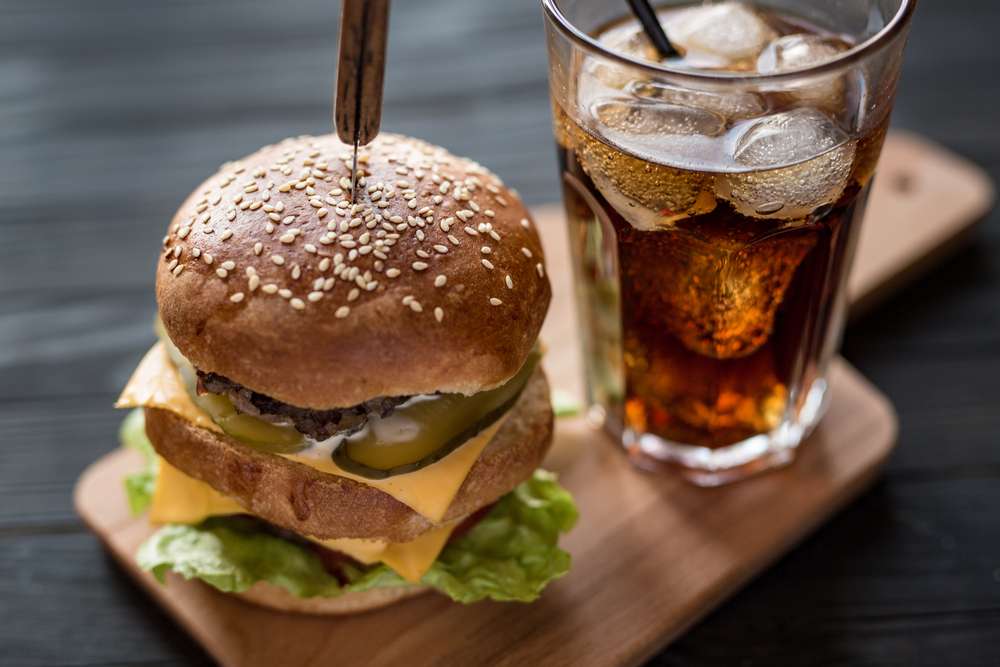How can a self-service kiosk help a fast food
The income of a fast food restaurant depends, among other things, on its traffic. During peak hours, the restaurant often has a queue. But not all guests have the opportunity to afford long minutes of waiting. For this reason, some guests may refuse to buy and leave the restaurant, and this is already lost money and a direct loss for the owner.
In such a situation, self-service kiosks can become a way out. They not only help to keep guests at peak times, but also allow you to increase the capacity of the restaurant. The main advantage of the touch kiosk is that with its help the guest himself makes and pays for the order, without contacting the cashier. So, with a large capacity of the restaurant, this allows you to reduce the number of employees and classic cash registers, and hence the costs.
The kiosk menu can be presented in several languages, so even foreign guests of your restaurant will not go hungry.
All for marketing
A kiosk is not just a way to keep and serve a guest when the cashier is busy, it is also a marketing tool. At the ordering stage, the guest may be offered hints or special promotions, additional, higher-margin items, such as drinks or French fries. It is convenient that when ordering, the guest can exclude directly on the monitor the ingredient that he does not like, or the one that causes him allergies, for example, honey, nuts, garlic.
When creating an electronic menu for a self-service kiosk, r_keeper pays special attention to its visual design and the attractiveness of dishes. A beautifully photographed burger or delicious fries increase the likelihood of ordering. It is also believed that the offer to buy when served through a kiosk is not perceived by the guest as an intrusiveness, and he is more likely to buy more items, which increases the average check.
In a fast food restaurant marketing system, a kiosk can be used for more complex promotions as well.
EXAMPLE OF SELF SERVICE KIOSKS AT R_KEEPER
So, for example, with the help of r_keeper specialists, a kiosk can be configured differently at different times of the day and offer different promotions. For example, different combo dishes for breakfast and lunch. You can set a time frame for the program, so that, say, from 8.00 to 12.00, the guest will see scrambled eggs and morning hash brown on the screen as a priority. Just like morning coffee.
According to the experience of r_keeper interactive kiosks in fast food restaurants, food additives, sauces, pastries, toppings are much better sold through kiosks, since on the screen the offer to make an additional order does not look as intrusive as if it were done by the cashier.
In addition, the electronic kiosk allows you to broadcast not only static images, but also dynamic advertising and promotional offers that are sure to attract the attention of guests.

The electronic touch kiosk is simple and convenient to use, the guest has access to a full and up-to-date selection of dishes with current prices. Thanks to the integration of the kiosk with the r_keeper system, menu items, prices and names of dishes, as well as current promotions are automatically displayed in the kiosk interface. The kiosk menu is formed in the r_keeper Manager program. The design of the kiosk menu is pre-installed, and the restaurateur can change it himself at his discretion, choosing from basic designs. If the restaurant needs an individual menu design, then it is developed by r_keeper specialists separately for an additional fee.
Who absolutely does not need self-service kiosks? They will definitely not be required by small cafes with low traffic, where initially one cashier is able to serve the entire flow of customers, and self-service kiosks do not make sense in establishments where the average guest visit time exceeds 30-40 minutes (full-fledged restaurants). Who will be very interested in kiosks? Chains of fast food restaurants with medium and high attendance, as well as small coffee shops of the “Coffee to go” format, in which it takes more time for the cashier to receive an order than to prepare the coffee itself.






